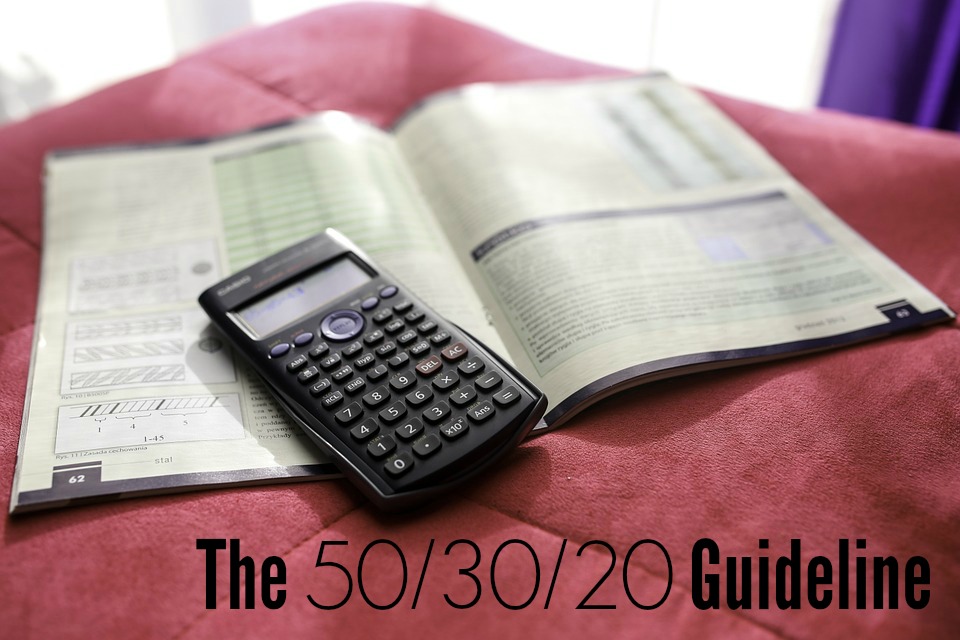If you are familiar with how to create a budget, you probably know the three components: fixed expenses which are the same every month and do not change, variable expenses that may change some from month to month and are often bought from a store, and savings or financial goals!
Today I’d like to discuss a basic guideline for budgeting, the 50/30/20 rule. The concept allows 50% of your income to go to fixed expenses, 20% to be saved or pay off debts, and then leaves 30% for you variable expenses and spending money. Here is a breakdown:
50
This method for budgeting allows 50% of your income to be set aside for fixed expenses. Put your priorities here like rent, car insurance, and your phone bill. Monthly expenses that vary, like food or gas, will come later.
30
After taking care of your fixed expenses, you’ll have to think about the variable expenses— 30% goes here. Take care of the important ones first, like food, gas, and personal care items and then you can see if there are funds left for entertainment, eating out, or some shopping! If you ever need to cut expenses, this should be your first stop.
20
Next, 20% of your income should be allotted for savings. You don’t actually need to deposit 20% of each check into a savings account, though that would be pretty impressive, but rather toward a financial goal like paying of debt, a retirement fund, or your emergency fund if you don’t have one yet!
**Remember that an emergency fund is necessary if you want to be financially stable. I recommend that you save up about 3 months worth of expenses, or at least $1,000, just in case of hard times. That way, you will have the savings and not need to use a credit card or get a loan.
Keep in mind that this is just a basic guideline, and everyone’s budget is a little bit different. This should, however, give you a good basis to start on even if it needs tweaked a little bit!





